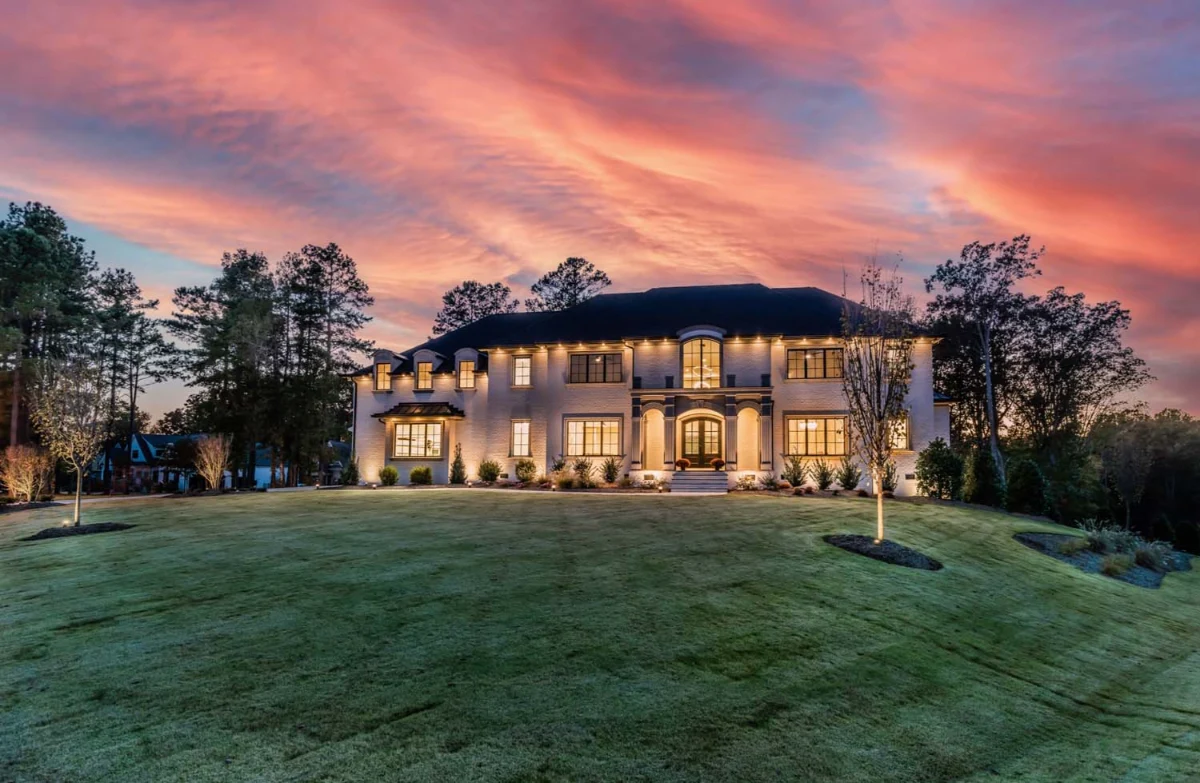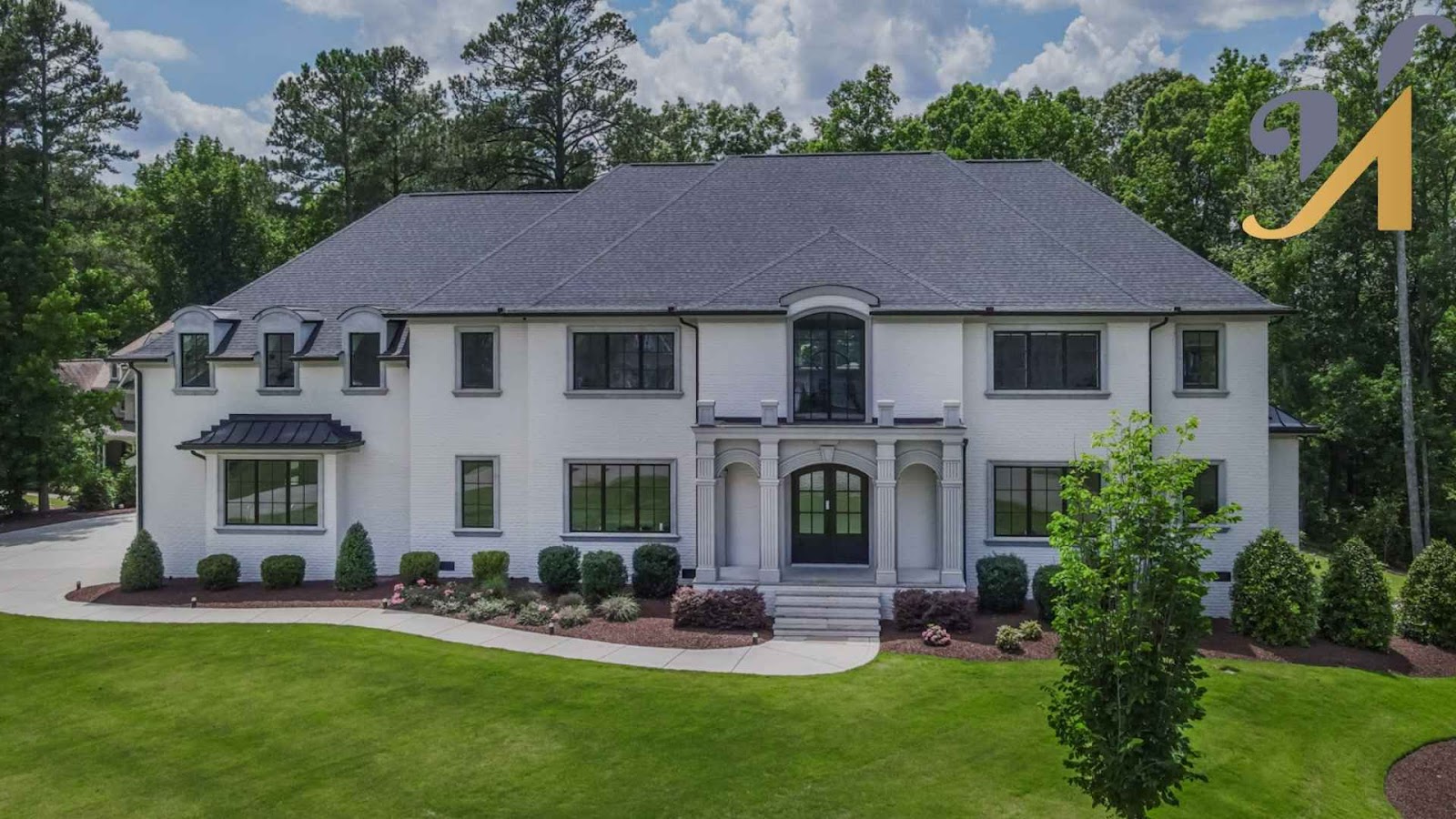Building a custom home is an exciting journey. While the process involves many moving parts, understanding each step can help make your experience smoother and more enjoyable.
According to the National Association of Home Builders, the average 2024 construction cost now makes up 64.4% of a new home’s total price, a record high. That means choosing the right builder and understanding the process is important to protecting your investment.
At Hafsa Building Group, we’ve helped homeowners turn their ideas into carefully crafted spaces that reflect their style, needs, and priorities. Our team is known for doing the job with clear communication, attention to detail, and a commitment to quality that holds up long after move-in day.
Key Takeaways
- Start with a clear vision and realistic budget to guide decisions and avoid costly surprises.
- Assembling the right team, including builder, architect, and other professionals, early in the process ensures smooth execution.
- Sign a purchase agreement after the design phase, once pricing is finalized and adjustments are made to fit the budget.
- Permits, inspections, and warranty coverage are critical checkpoints that offer quality, safety, and long-term peace of mind.
1. Define Your Vision and Budget
Every great home starts with a clear vision. Begin by identifying what you want in a home. Focus on the size, style, layout, and the features that will support your lifestyle.
- Clarify Your Needs and Wants: Determine the size, style, and features you desire in your custom home.
- Set a Realistic Budget: Consider all costs, including land acquisition, design, permits, construction, and contingencies.
- Secure Financing: Explore financing options and obtain pre-approval to understand your borrowing capacity.
Getting a handle on your finances early will help make sure your dream home remains within reach.
2. Select and Purchase Your Homesite
The location of your future home is just as important as the design. Choosing the right site lays the foundation, literally and figuratively, for your entire project.
- Research Locations: Identify areas that align with your needs, considering factors like proximity to work, schools, and amenities.
- Evaluate the Lot: Assess the property’s topography, soil conditions, utilities, zoning regulations, and any environmental considerations.
- Understand Community Guidelines: If building within a community, review any homeowner association (HOA) rules or architectural guidelines.
Take your time during this step. Selecting the right homesite will make a significant difference in how your custom home is built.
3. Assemble Your Team
Building a custom home is a collaborative effort. Bringing the right people on board early allows for smoother communication and execution down the line.
- Choose a Builder: Select a reputable builder experienced in custom homes.
- Hire an Architect or Designer: Collaborate with professionals to translate your vision into detailed plans and specifications.
- Consult Other Professionals: Depending on your project’s complexity, you may need to engage surveyors, engineers, or interior designers.
It is important to choose your builder first, as they can connect you with all the professionals that are needed during the building process.
4. Design Your Home
This is where your vision starts taking shape. You’ll work closely with your design team to bring your ideas to life while balancing creativity and practicality.
- Develop Preliminary Plans: Work with your architect to create initial sketches and layouts.
- Refine the Design: Incorporate feedback, so that the design aligns with your budget and preferences.
- Finalize Blueprints: Complete detailed construction drawings and specifications required for permits and building.
This step sets the tone for your entire project, so give yourself room to explore, revise, and refine until the design feels just right.
5. Sign on the Dotted Line
With your home’s design taking shape and key decisions in place, your builder can now price out the project in detail. This step formalizes your commitment and sets the foundation for construction to begin.
- Review the Final Price: Once design decisions are complete, your builder will present a full pricing proposal based on your selections.
- Sign Your Purchase Agreement: If everything looks good, you’ll move forward by signing the purchase agreement.
- Stay Within Budget: If the price comes in higher than expected, don’t worry. Many times, small adjustments can bring the cost down. Your builder should be able to suggest material changes, architectural tweaks, or floor plan edits to help meet your budget.
This step represents transforming your vision into a formal plan that’s ready to be built. It also makes sure everyone is aligned on expectations before breaking ground.
6. Obtain Permits and Approvals
Before any construction can begin, your plans must meet all legal and regulatory requirements. This makes sure your home is built safely and up to code.
- Submit Plans for Approval: Present your designs to local building authorities and, if applicable, the community’s architectural review board.
- Secure Necessary Permits: Obtain all required permits before commencing construction to confirm compliance with local regulations.
7. Make Selections and Finalize Details
With permits in place, it’s time to focus on the details that make a house a home. This step is about infusing your personal style into the project.
- Choose Materials and Finishes: Select flooring, cabinetry, countertops, fixtures, and other design elements.
- Plan for Technology and Sustainability: Decide on smart home features, energy-efficient systems, and sustainable building practices.
Making thoughtful selections now helps avoid costly changes later and lets your new home reflect your personality and priorities.
8. Begin Construction
Now the real transformation begins. Your plans come to life as the construction team starts turning ideas into tangible structure.
- Site Preparation: Clear the land, grade the site, and lay the foundation.
- Framing and Structural Work: Erect the structural framework, including walls, floors, and roof systems.
- Install Systems: Set up electrical, plumbing, heating, ventilation, and air conditioning (HVAC) systems.
- Insulation and Drywall: Insulate walls and ceilings, then hang drywall to enclose the interior spaces.
- Interior and Exterior Finishes: Apply finishes such as flooring, paint, siding, roofing, and install fixtures and appliances.
9. Conduct Inspections and Walkthroughs
Quality assurance is vital throughout the construction process. Regular inspections help maintain safety and confirm that everything is up to standard.
- Schedule Inspections: Arrange for inspections at various construction stages for code compliance.
- Address Any Issues: Promptly resolve any deficiencies or concerns identified during inspections.
- Final Walkthrough: Review the completed home with your builder to make sure all work meets your expectations.
This step gives you peace of mind that your new home meets all safety and quality standards.
10. Move In and Enjoy Your New Home
The final step is all about settling in and making the space your own. After all the planning, designing, and building, it’s time to enjoy the result.
- Plan Your Move: Coordinate the logistics of moving into your new custom home.
- Personalize Your Space: Add personal touches and décor to make the space truly yours.
- Maintain Your Investment: Establish a maintenance routine to preserve the home’s condition and value.
- Understand Your Warranty: Review your builder’s warranty coverage so you know what’s protected and how to request service if needed.
Let’s Build It Right from the Start

Choosing the right builder is all about trust, clear communication, and knowing your vision is in good hands. At Hafsa Building Group, we take that seriously, combining craftsmanship with transparency to bring your home to life exactly the way you imagined.
If you’re ready to take the next step, we’d love to hear about your plans. Reach out to us directly here and let’s talk about building something exceptional together.






